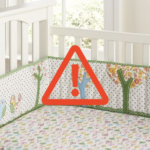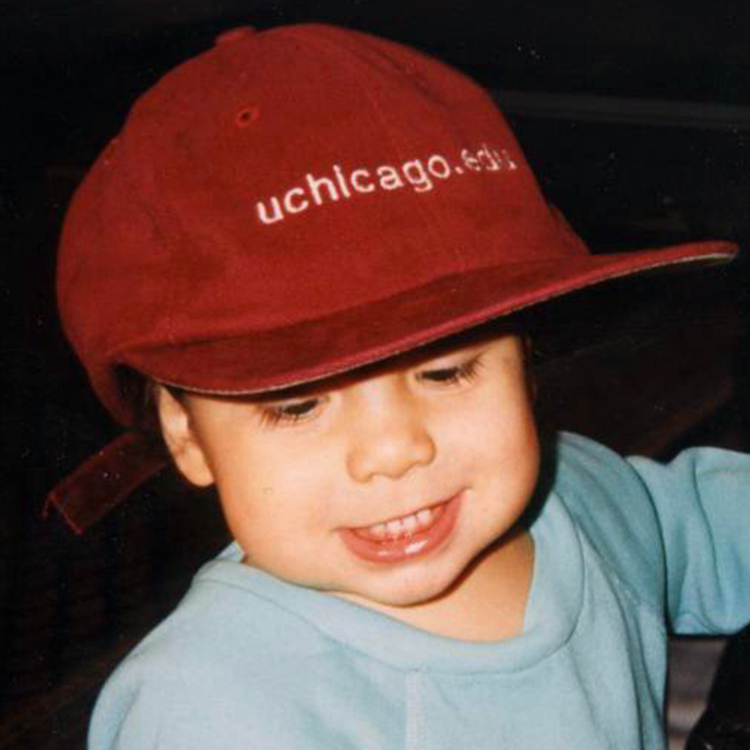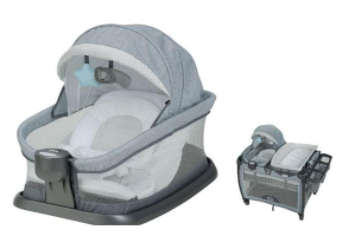 You may have seen crib bumper pads in nursery pictures on social media, TV shows and commercials, or on store shelves. These products may seem harmless, decorative, or even necessary to keep your baby safe, but bumper pads pose a serious, deadly risk to infants.
You may have seen crib bumper pads in nursery pictures on social media, TV shows and commercials, or on store shelves. These products may seem harmless, decorative, or even necessary to keep your baby safe, but bumper pads pose a serious, deadly risk to infants.
Crib bumpers pose the risk of suffocation, entrapment, and strangulation. That’s why the American Academy of Pediatrics (AAP) warns against using bumper pads in their safe sleep guidelines which every family should follow. A study released by CPSC Commissioner Elliot Kaye found that 107 deaths and 282 non-fatal incidents related to crib bumper pads were reported in the U.S. between January 1990 and March 2016.
Here’s how those dangerous hazards happen:
- Infants can press their face to a bumper pad and be unable to move away.
- Infants can get their heads, bodies, or limbs wedged underneath the bumper or between the bumper and the mattress or crib rails.
- Bumpers also reduce airflow in a crib, which can contribute to sudden unexpected infant death (SUID).
- Safe sleep depends on caregivers understanding how to make a safe sleep environment and carrying it out. It’s hard to convince parents to remove padded items such as pillows from the crib when selling padding to wrap around the crib at the same time.
Crib bumper pads serve no purpose beyond crib decoration, and the hazards they pose cannot be “designed out” of the product. Claims that crib bumpers or liners are utilized in order to protect a child from limb entrapment are not supported by any evidence that children do not get their limbs between slats with bumpers in place.
Crib bumpers may also be marketed to protect infants from hitting their limbs or head against the hard crib slats, but a study of bumper-related incidents reported to the CPSC concluded that any injury caused by an infant hitting their limb or head against the side of a crib would be minor compared to the other deadly risks associated with crib bumpers.
When it comes to your child’s crib, Bare Is Best. Your baby’s crib should be empty except for the crib mattress and a fitted sheet.
Follow the ABC’s of safe sleep every time your baby goes to sleep: 1) Baby is Alone and has their own separate sleep space with nothing in it; 2) Baby is placed to sleep on their Back; and 3) baby sleeps in a Crib, play yard, or bassinet that meets the federal safety standard.


